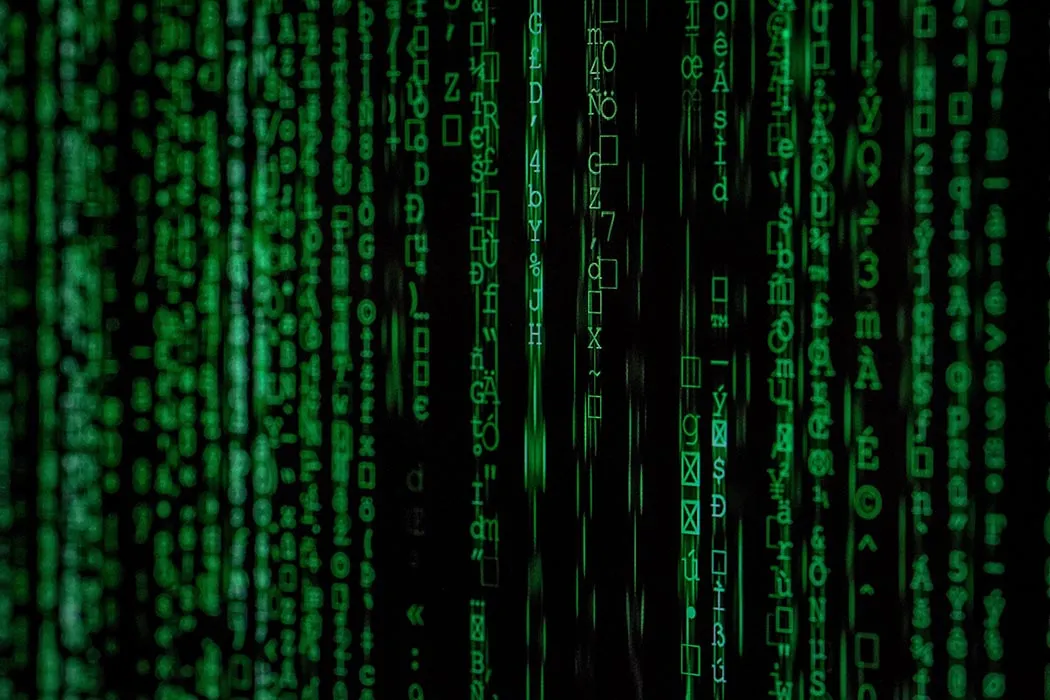Default settings for recording voice are not always the best
Sampling rates are pushing the limits of what I want to understand. Should I care?
When you’re starting out with recording, at some point you’ll run into something called sampling rate. You’ll see terms like 44.1, 48, 96 kHz, over sampling, one-bit sampling – and many other terms.
Should any of this matter to you?
The answer is yes, but not for the reasons many companies and professionals will tell you. Overall, I’ll share why sticking with the standard sampling rates of 44.1 kHz, and 48 kHz when video is involved is likely best.
What is sample rate (do you really want to know)?
Whether you want to know what sampling rate is or not isn’t very important because you only need to know a bit about it to understand when it matters.
Sampling rate determines how many times an analog to digital converter samples the audio. It’s sometimes compared to frame rate in a video camera. If you take 30 pictures in a second and play them back, it looks like a smooth video. Take 10 pictures in a second and play them back – it doesn’t look as smooth.
“An analog to digital converter is also called ADC or A to D. There is also the opposite, a digital to analog converter – sometimes called DAC or D to A. Finally, there is a a combined version sometimes often called a CODEC. – There, now you know.”
The analogy with frame rate isn’t perfect. A low video frame rate can seem choppy. A low sampling rate in audio doesn’t sound choppy. What will change is the frequency response.
How Does it Matter? Frequency Response
An analog to digital converter takes samples of sound thousands of times a second. That sampling rate affects frequency response. Without going deep into it – let’s just say “because of physics” – we determine the frequency response of the audio by dividing the sample rate by two.
44,000 Hz sampling rate = 0 to 20,000 Hz frequency range
48,000 Hz sampling rate = 0 to 24,000 Hz frequency range
In general, humans can hear up to 20,000 Hz. So it would seem like choosing a sampling rate of 40,000 Hz would capture all the frequency we can hear. There is truth to that, yet 40,000 Hz is not a common sampling rate.
How Does it Matter? Synchronization
Sampling rate is important when you need different digital equipment or files to talk together. For example, if you are working on a recording and the backing track is 44.1 kHz, you’ll need to record at that same sampling rate, or convert it to the sampling rate you’re recording at.
You can determine the sampling rate of any audio file by right-clicking or two finder clicking and select “get info” or “properties”
In many DAWs, this synchronization of sampling rates between files is handled automatically. If not, you’ll hear instruments with the wrong pitch and or glitches in the audio.
How Does it Matter? Distortion (you likely won’t hear it)
Because of the inherent design limitations of digital converters, distortion can be introduced. However, at higher sampling rates, this distortion happens well beyond the frequency range of our hearing.
This argument is sometimes used to encourage people to use sampling rates like 96 kHz and 192 kHz.
But in reality, no one consistently and objectively hears a beneficial difference from these high sampling rates when recording from analog sources.
What are common sampling rates?
For professional audio, the most common sampling rates are 44.1 kHz and 48 kHz.
However, higher sampling rates are becoming more common in music production: 88.2 kHz, 96 kHz and 192 kHz.
What sample rate should I use?
Stick with the most common sampling rates of 44.1 kHz or 48 kHz.
If you’re only focusing on music production, 44.1 kHz is a common format.
However, if you’re planning on integrating with video, 48 kHz is a better choice. Almost all video cameras record audio at 48 kHz. You’ll have an easier time keeping audio in sync if you record at the same sampling rate.
Kevin Alexander

Kevin Alexander is CEO and co-founder of Singdaptive, bringing his past experience as CEO of the singing technology company TC-Helicon, as well as live sound, recording and love of music. Recently, he has been a university instructor in Multimedia Learning and is helping to envision an exciting future with technology at the research firm Kinsol.io
